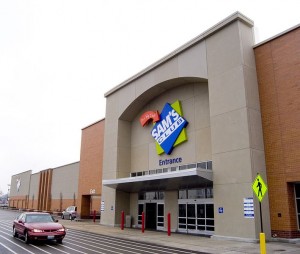
The constant trend in modern commerce is to transfer as much work as possible onto the customer and thus minimize expenses. Customers can therefore be seen labeling, checking out and bagging their purchases. They can order their purchases online and avoid all contact with humans. They can use their iPhone to compare prices and weigh their options. All these tasks are added to the load of today’s overworked and overshopped consumer.
Is Technology Ruining Your Life? Take A Quick Quiz To Find Out By Clicking Here.
Few people, however, realize that the so-called warehouse clubs also are a great bargain for retailers. The large no-frills stores cut everything to a minimum by offering little-to-no floor help beyond shopping carts and optional cashiers. Most do not even provide bags since shoppers usually buy in bulk quantities well beyond their immediate needs.
This is where the retailer gains an added benefit from the consumer. With shoppers carrying out cases of canned food or multi-roll packages of paper towels, the warehouse clubs are finding new and free storage space.
Author Craig Lambert notes: “The customer’s home, in other words, becomes the  aftermarket warehouse. Instead of leasing space somewhere to stock inventory, Costco stores it, free of charge in the customer’s basement, after the sale instead of before it” (from Craig Lambert, Shadow Work: The Unpaid, Unseen Jobs that Fill Your Day, Counterpoint, Berkeley, 2015, p. 170).
aftermarket warehouse. Instead of leasing space somewhere to stock inventory, Costco stores it, free of charge in the customer’s basement, after the sale instead of before it” (from Craig Lambert, Shadow Work: The Unpaid, Unseen Jobs that Fill Your Day, Counterpoint, Berkeley, 2015, p. 170).


